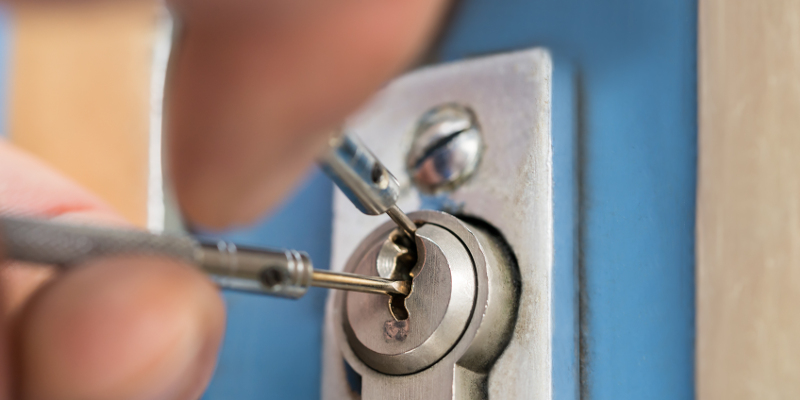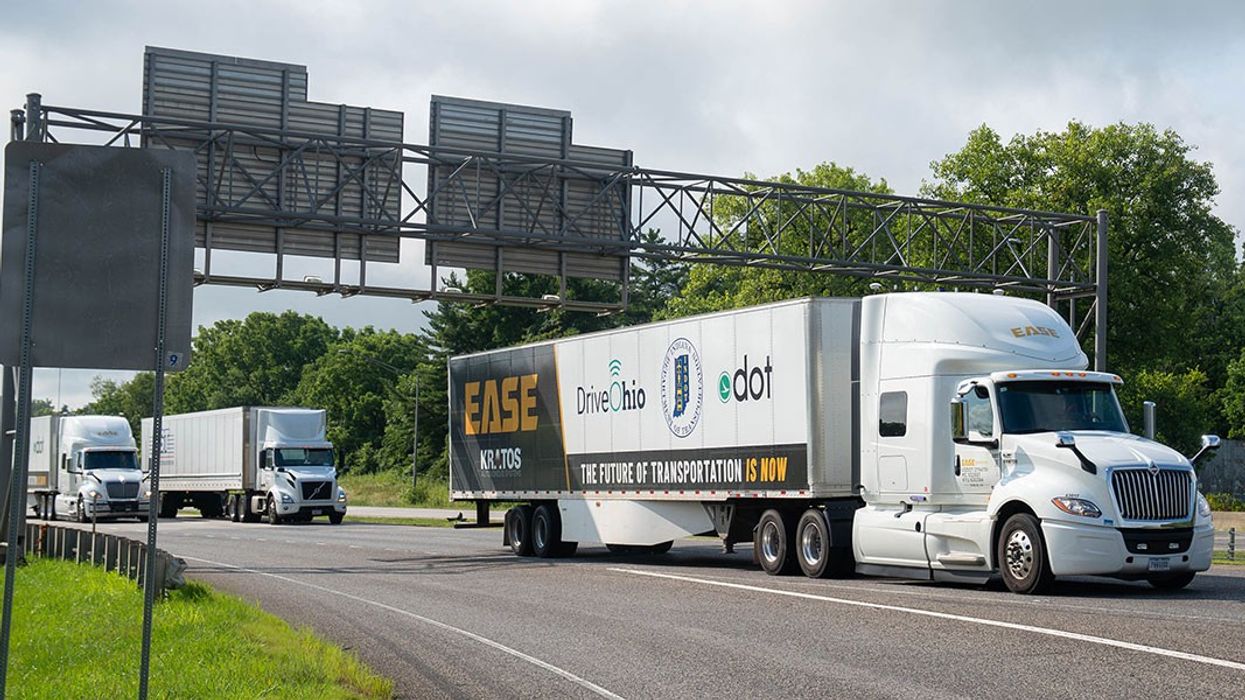In the modern workplace, smart locks offer convenience and enhanced security. However, technology can sometimes falter, leaving you and your colleagues locked out of the office. When your office smart lock fails, knowing your entry options is crucial for quick resolution. This guide explores various solutions and preventive measures to ensure a smooth entry and continued security.

Understanding Smart Lock Failures
Before diving into entry options, its essential to understand why smart locks might fail. Common issues include battery depletion, connectivity problems, software glitches, and mechanical malfunctions. Identifying the root cause can help determine the appropriate response.
Immediate Entry Options
1. Use a Mechanical Key Override
Many smart locks come with a mechanical key override feature. This allows you to use a traditional key to unlock the door in case of a smart lock failure. Ensure you always have a spare key accessible, possibly with a trusted colleague or stored in a secure location.
2. Contact Your Smart Lock Provider
If the mechanical option is unavailable, contacting the smart lock provider for remote assistance can be beneficial. Providers often offer customer support that can guide you through troubleshooting steps or provide a temporary solution.
3. Call a Professional Locksmith
Engaging a professional locksmith is a reliable option if the smart lock issue persists. They are equipped to handle electronic and mechanical lock problems efficiently. For weekend office lockout situations, consider these tips for weekend office lockouts.
Advanced Entry Solutions
4. Utilize a Backup Access System
Having a backup access system, such as a keypad or card reader, can serve as an alternative entry method. These systems often operate independently of the primary smart lock, providing a secondary access route.
5. Integrated Access Control Systems
Consider integrating your smart lock with an access control system. This setup allows for centralized management and monitoring, offering multiple authentication methods such as biometric scans, RFID cards, or mobile credentials.
Preventive Measures
6. Regular Maintenance Checks
Conducting regular maintenance checks on your smart lock can prevent potential failures. This includes updating firmware, replacing batteries, and testing connectivity. Scheduled inspections can ensure your lock remains in optimal condition.
7. Educate Staff on Lock Usage
Educating staff on the proper use of smart locks and potential troubleshooting steps can minimize user-induced failures. Training sessions or instructional guides can be valuable resources.
8. Implementing Smart Lock Redundancy
Consider implementing redundancy by installing multiple locks or alternative entry channels. This approach ensures that if one system fails, others can still provide access.
9. Emergency Access Protocols
Developing and communicating emergency access protocols is essential. These protocols should detail steps to take and contacts to reach in case of a lockout, ensuring a swift response.
Technological Considerations
10. Choosing the Right Smart Lock
Choosing the appropriate smart lock for your office is crucial. Consider factors such as battery life, connectivity options, and integration capabilities. Learn more about choosing the right lock for your needs.
11. Software and Firmware Updates
Regularly updating the locks software and firmware can prevent malfunctions. Updates often include security patches and new features that enhance lock performance.
12. Monitoring and Alerts
Utilizing monitoring systems that provide alerts for tampering or failures can offer real-time updates, allowing for proactive measures to be taken.
Case Studies and Real-World Applications
13. Successful Implementations
Explore case studies of businesses that have successfully implemented backup systems for smart lock failures. These examples can provide insights and inspiration for your solutions.
14. Lessons Learned from Failures
Learning from past failures can help improve future strategies. Analyze what went wrong and how similar situations can be avoided in the future.

FAQs
What should I do first if my smart lock fails?
Initially, check for any mechanical key overrides or contact your smart lock provider for assistance.
How can I prevent smart lock failures?
Regular maintenance, staff education, and implementing redundancy systems can significantly reduce the risk of failures.
Are there any legal considerations for office lockouts?
Yes, understanding legal considerations and having clear protocols is important. Consulting with legal professionals can provide clarity.
For more insights into avoiding lockouts, visit avoiding lockouts during office renovations. By understanding and preparing for potential smart lock failures, you can ensure that your office remains secure and accessible. Implementing preventive measures and having backup plans in place will minimize disruptions and maintain productivity.
This article contains affiliate links. We may earn a commission at no extra cost to you.






